As world leaders prepare to convene for a conference scientists describe as critical to saving Mother Earth, UK’s Deputy High Commissioner Josephine Gauld says the science is clear.
“The impacts of the climate crisis can be seen around the world, and if we don’t act now, we will continue to see the worst effects impact lives, livelihoods and natural habitats,” she says.
The 26th climate change Conference of the Parties (CoP26) is set to be hosted in Glasgow, UK, from October 31 to November 12.
The parties to the CoP26 are governments that have signed the United Nation’s Framework Convention on Climate Change (UNFCCC).
The CoP brings the signatories together once a year to deliberate on how to jointly address challenges brought about by climate change.
Among those who will attend are world leaders, ministers, negotiators, civil society, business representatives, scientists and media professionals.
The coming CoP seeks to limit warming to 1.5 degrees, halve global emissions by 2030 and hit net zero by 2050.
More countries are committing and raising their national ambitions, popularly known as Nationally Determined Contributions (NDC), to reduce emissions.
Kenya has committed in her updated NDC to increase mitigation commitment from 30 per cent in 2016 to 32 per cent by 2030.
The NDC also commits to enhancing resilience in all sectors of the economy.
The implementation cost of the updated NDC mitigation and adaptation is estimated to cost Sh6.7 trillion between 2020 and 2030.
Environment reporter Gilbert Koech posed questions to Gauld on the UK-Kenya partnership on climate in the run-up to CoP26.
Gauld is also a Permanent Representative to Unep and UN-Habitat.
What initiatives has the UK taken to help countries adapt to and mitigate climate change impacts, and how have they fared?
Climate change is a core part of our Strategic Partnership with Kenya, announced in London by Prime Minister Boris Johnson and President Uhuru Kenyatta. In the last three years, the UK has spent Sh17.5 billion on climate change-related projects in Kenya.
Examples include investment in new solar and wind power facilities, including Sh6 billion investment in the 52MW Malindi solar project, and Sh1.4 billion financing to off-grid green mini-grids, resulting in more than 10,000 rural connections.
UK companies have also invested in the renewable energy sector, such as Aldwych International, with more than 30 per cent equity investment in Lake Turkana Wind Power, the largest wind farm in Africa, which powers 17 per cent of Kenya’s green energy.
The UK has cushioned 100,000 families (estimated 600,000 people) of the most vulnerable Kenyans living in Northern counties from the adverse effects of climate shocks (drought and floods) through the hunger safety net programme.
Kenya’s first Green Bond has been dual-listed on the London Stock Exchange and Nairobi Securities Exchange, raising Sh4.3 billion and financing 5,000 affordable and environment-friendly housing.
We have built climate resilience into city planning in Kenya through our Sustainable Urban Economic Development (Sued) programme.
In addition to these projects, most recently, during President Kenyatta’s visit to the UK in July, Sh550 million of new UK funding was announced to support renewable energy, clean cooling and forest restoration projects.
This includes a project spearheaded by Kenyan marathon legend Eliud Kipchoge in Kaptagat Forest.
Where are these projects concentrated on and how much has been pumped into such projects to ensure success?
The UK supports projects throughout the country: from cash transfers cushioning the most vulnerable Kenyans in the northern counties from the adverse effects of climate shocks, to the protection and restoration of coastal ecosystems down at the Coast, to providing more than Sh950 million since 2016 to wildlife protection projects in the country.
We are also working with 12 counties to build climate resilience into their city planning through our Sh10.5 billion Sued Programme.
Last year, we launched a joint UK-Kenya Year of Climate Action plan to tackle climate change issues in Kenya and ensure these projects succeed.
What interventions have you taken to help Kenya deal with drought, currently declared a national disaster?
The UK helped establish, and has since supported, the government of Kenya’s Hunger Safety Net Programme (HSNP).
It delivers targeted, unconditional cash transfers to the poorest and most vulnerable populations in the four drought-prone counties of Mandera, Marsabit, Turkana and Wajir.
HSNP is one of four cash transfer programmes under the government of Kenya flagship social protection programme, known as the National Safety Net Programme. The UK has committed approximately Sh12 billion over five years (2019–24) to reduce poverty and improve the resilience of households in the Arid and Semi-Arid Lands, through regular cash transfer for the poorest (and emergency transfers during drought), nutrition improvements through cash and health education, and economic inclusion activities, including village savings and lending schemes for pastoralists.
We’ve also worked with the National Drought Management Authority to set up early warning systems that allow counties to respond to drought.
This partnership on HSNP gives the Government of Kenya the ability to reach more than 375,000 households (approximately 2.2 million people) with emergency cash transfers during a drought to meet their most urgent needs, such as food and water.
Other investments by the UK on adaptation and resilience include previous funding to successfully pilot the Kenya Livestock Insurance Programme, which helped to protect poor and vulnerable pastoralists against climatic shocks. This was through the Arid Lands Support Programme in partnership with the International Livestock Research Institute.
The science is clear. In Kenya, we’ve seen droughts, floods, locust swarms and lakes rising. As these become more frequent and more severe, countries must stand up and raise their ambitions on climate action
The High Commissioner, while on a fact-finding mission at areas affected by drought, called for action ahead of CoP 26, set to be hosted in the UK soon. What did she mean?
The science is clear. In Kenya, we’ve seen droughts, floods, locust swarms and lakes rising. As these become more frequent and more severe, countries must stand up and raise their ambitions on climate action.
Historically, Kenya is highly climate progressive; it was the first African country to pass a Climate Change Act in 2016, has set an ambitious target of 100 per cent clean energy by 2030, and its constitution commits to achieving 10 per cent tree cover.
Kenya’s leadership on climate change is vital — for the region and the world.
CoP26 is around the corner and all eyes are fixed particularly on the outcomes. What are your expectations?
By hosting CoP26, the UK is driving global action to make sure countries like Kenya can adapt and build strength against climate shocks like droughts, and put climate risk at the centre of decision-making.
Our goals for CoP26 include a secure global net-zero and keep 1.5 degrees within reach.
As CoP26 presidency, the UK will continue to push the G20 and other countries to come forward with ambitious 2030 emissions reduction targets to keep the 1.5 degrees C target alive and make the big policy decisions required, like ending coal power, accelerating the rollout of electric vehicles and tackling deforestation.
The other goal is to urgently adapt to protect communities and natural habitats.
As hosts of CoP26, the UK has been driving international action and support to adapt to the effects of climate change, which are already impacting lives, livelihoods and natural habitats across the world.
Some 35 countries, including Kenya, have joined the Adaptation Action Coalition, and more than 2,000 businesses, investors, regions, cities and other non-state actors have joined the Race to Resilience.
Another goal is to mobilise finance.
To support the transition to net-zero, climate-resilient economies, we must get public and private finance flowing, especially to emerging markets and developing economies. Under the UK’s CoP26 and G7 Presidencies, we have seen clear moves towards this goal.
Another goal is to ensure we work together to accelerate action.
At CoP26, we must finalise the outstanding technical elements of the Paris Agreement to deliver on the Agreement’s goals.
We are turning our ambitions into action by accelerating collaboration between governments, business and civil society to deliver on our climate goals faster.
Climate change conferences often end in a blame game between developing and developed countries over lack of resources as per the Paris Agreement. Do we expect to see this again, and what is expected of developed countries?
The discussions at the CoP will not be easy. Mind-sets of engagement will need to change if progress on difficult issues is to be achieved.
As the incoming CoP26 President, we will provide leadership to maintain momentum and bring parties together to deliver on all the legal mandates and reach a negotiated outcome that accelerates climate action.
Every country, developed or developing, owes it to its future generations to build back economies in a fairer, greener and more resilient way.
Every country, developed or developing, owes it to its future generations to build back economies in a fairer, greener and more resilient way
Kenya has been calling on developed countries and donors to help provide resources that will help victims of the rising lakes in Rift Valley and Lake Victoria. Have you provided any help?
Our Community Resilience in the Kerio River Ecosystem programme sought to address increasing vulnerabilities to climate change by pastoralist and crop-farming communities on counties bordering the Kerio River Ecosystem (Baringo, Elgeyo Marakwet, Turkana and West Pokot).
The programme addressed tensions around inter-communal conflicts around water and how to adapt and mitigate them. It helped community members to identify hazards and vulnerabilities when developing climate change actions and priorities during the County Integrated Development Plant processes.
The natural resource maps feed into the existing county maps and were used to inform development processes, particularly on natural resource management, resulting in sustainable access and utilisation of such limited resources for enhanced community resilience.
Renewable energy in the country has a huge potential in ensuring Kenya is climate-resilient and net-zero. From where you stand, what needs to be done by the authorities?
Kenya and the UK are both demonstrating global leadership on the Clean Energy Transition, harnessing wind, solar and geothermal power to realise the vision of the green industrial revolution.
The Energy Transition Council, under the UK’s CoP26 Presidency, is inspiring nations across the globe to move beyond fossil fuels, and Kenya has committed to achieving 100 per cent clean energy in its national grid by 2030.
To date, we have invested over Sh15 billion of UKAid in Kenya’s renewable energy generation.
By continuing to invest in green choices, Kenya can create quality jobs while bringing investment in the industries of the future.
As Kenya works towards being the first African country to run on 100 per cent renewable energy, economically sound choices that prioritise renewable energy solutions and new battery technology can see Kenya continue this global leadership.
At CoP26, we look forward to seeing President Kenyatta coming forward as one of the first African countries that will deliver a long-term strategy to net zero by 2050.




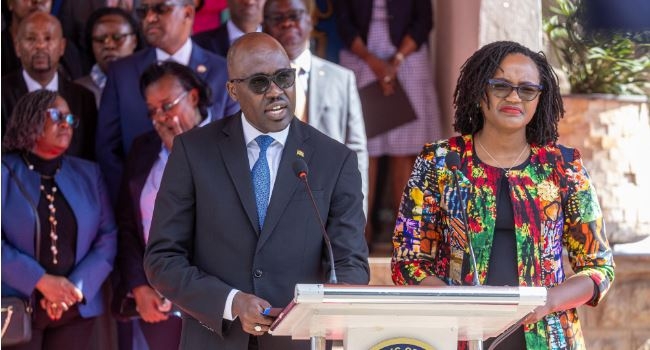
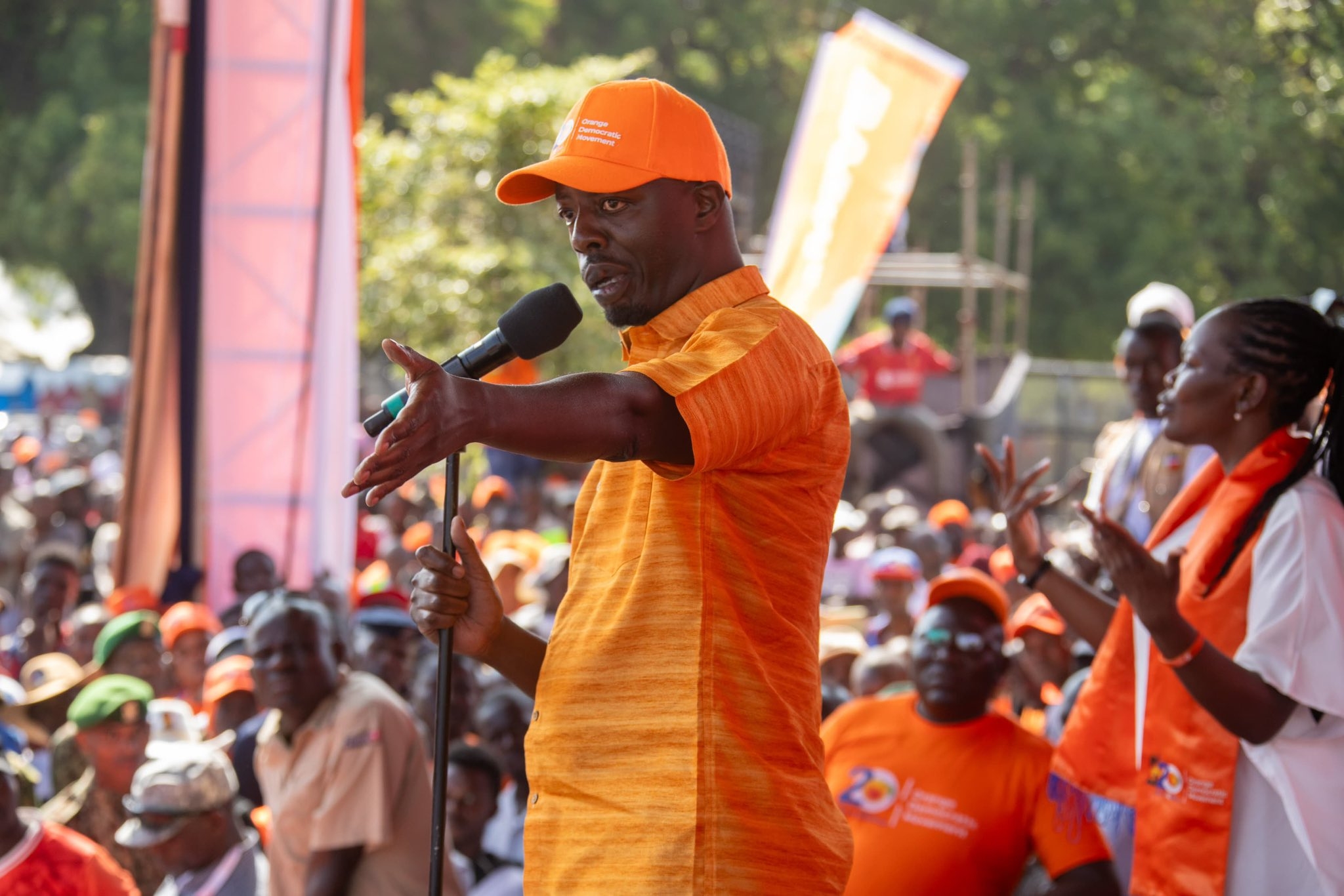


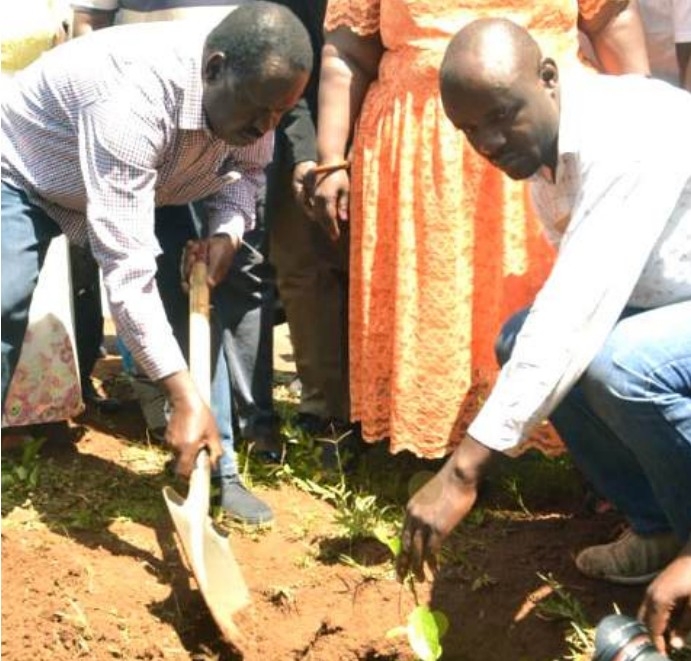
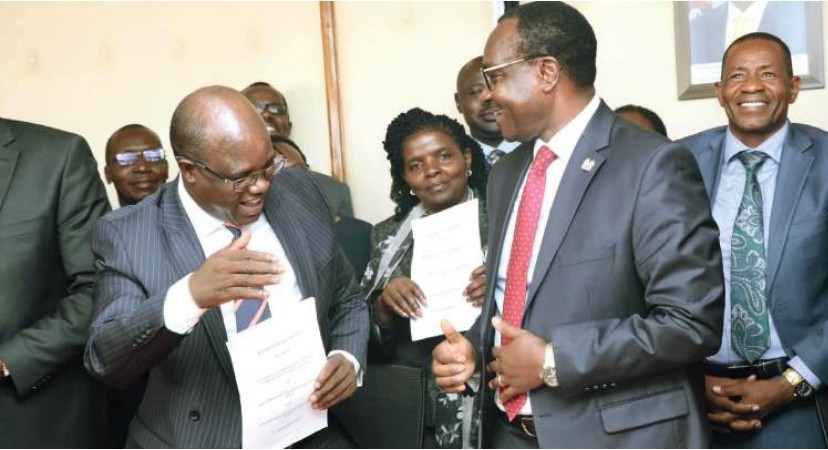
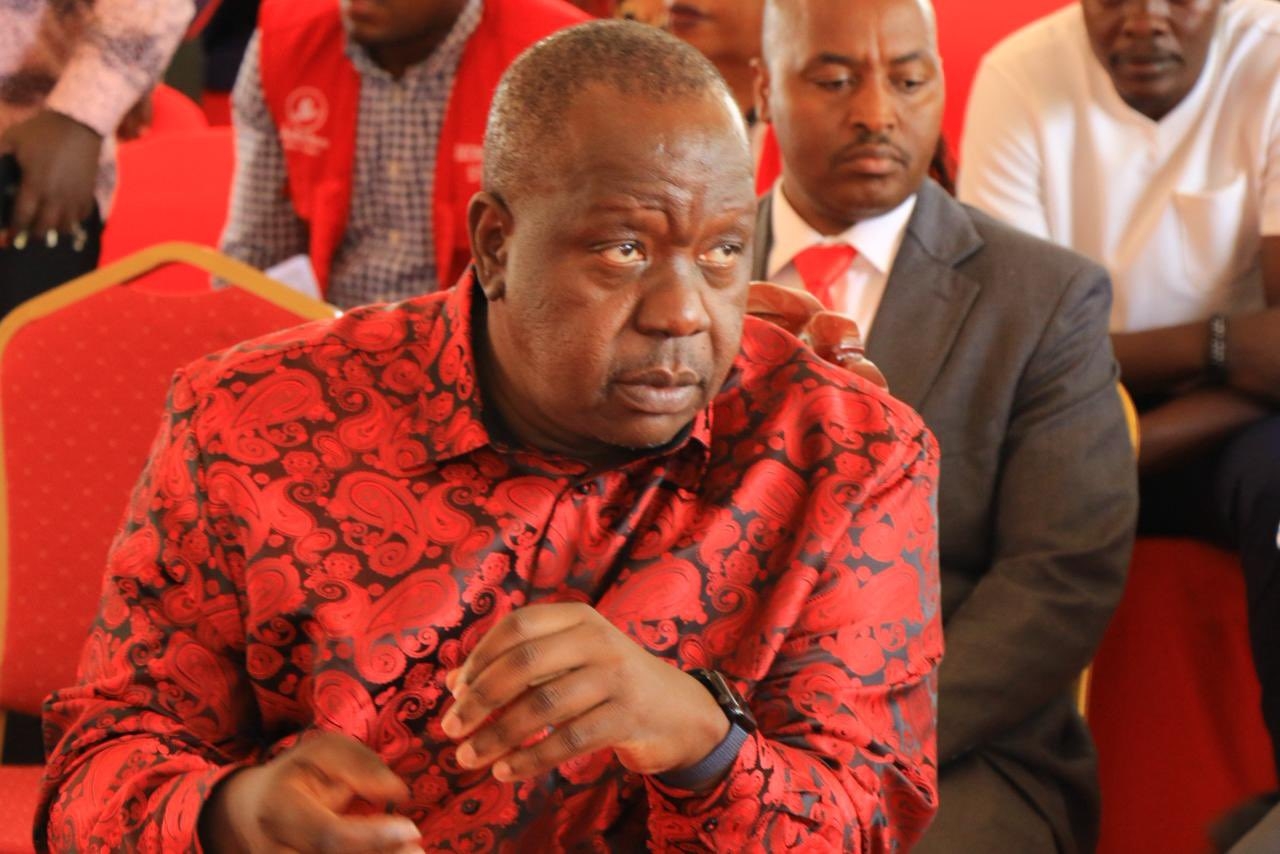
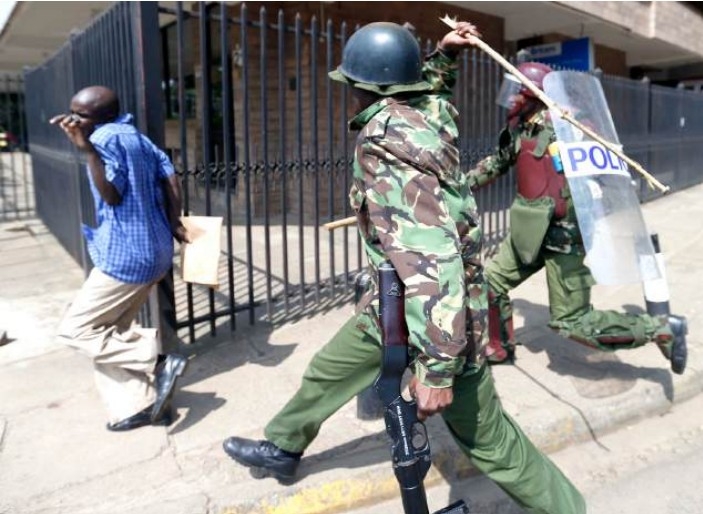
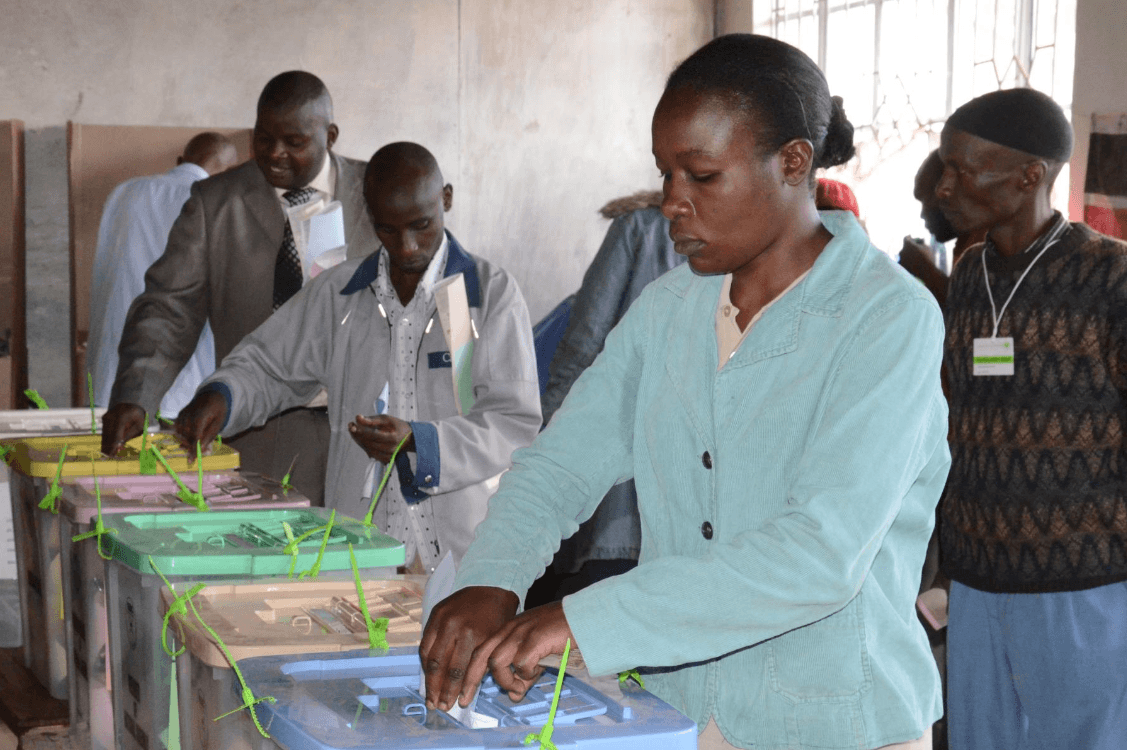
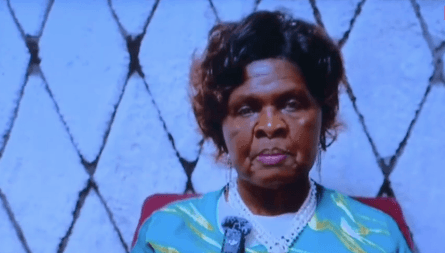


![[PHOTOS] How ODM@20 dinner went down](/_next/image?url=https%3A%2F%2Fcdn.radioafrica.digital%2Fimage%2F2025%2F11%2F99d04439-7d94-4ec5-8e18-899441a55b21.jpg&w=3840&q=100)
